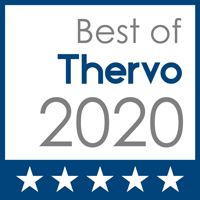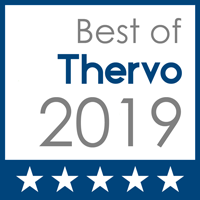Frequently Asked Questions
Find out the answers our Chiropractor team, at our Simi Valley and Beverly Hills locations, frequently give to patients seeking to learn more about chiropractic care at their office. Learning more about chiropractic and its benefits can help you find the best chiropractor for you. If you have a question you don't see answered below, reach out to your team at Nurture Family Chiropractic.






